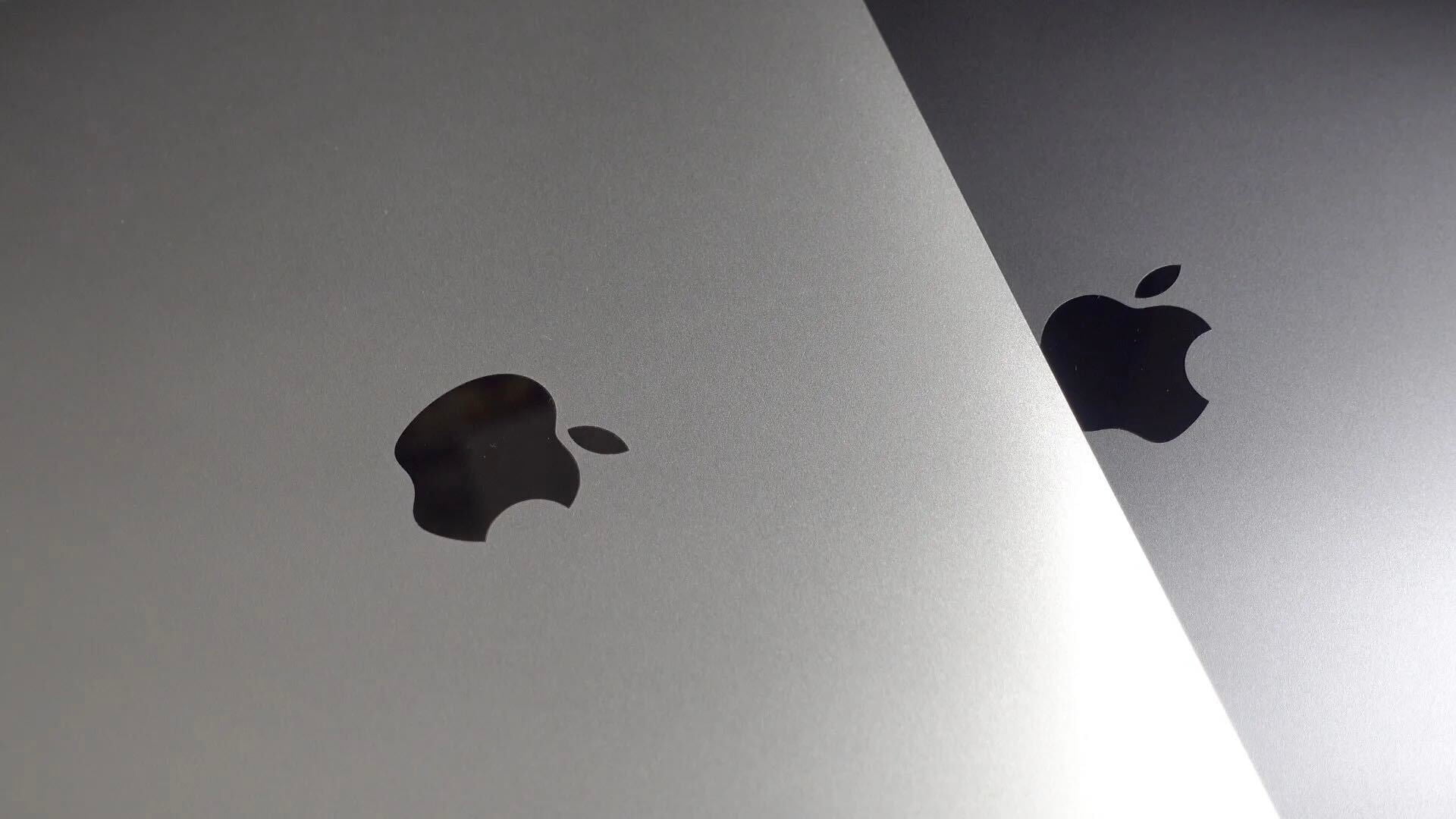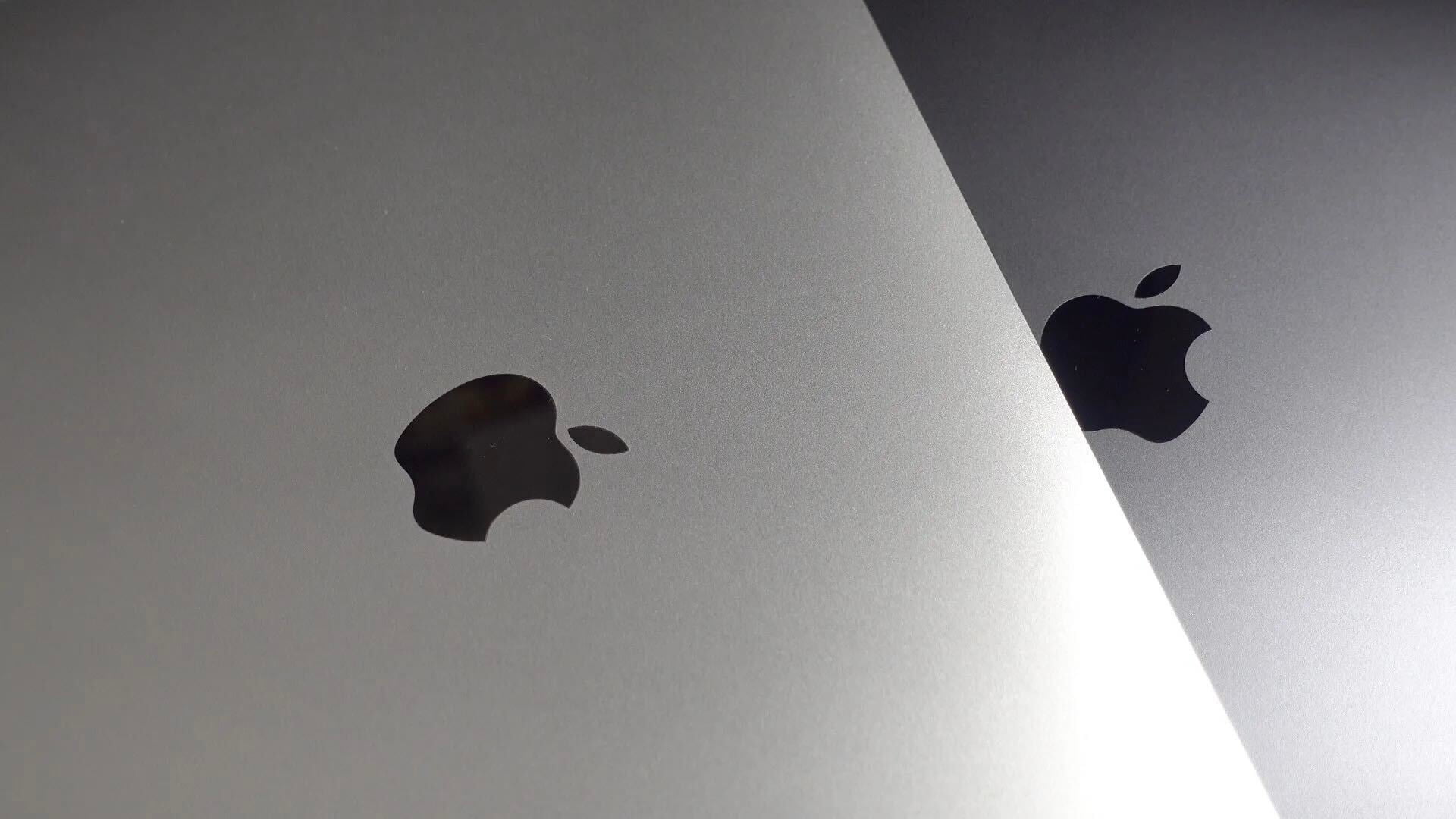Review: Kito+, the iPhone case that doubles as a portable ECG machine and more


Prior to the official announcement of the Apple Watch, there were multiple rumors that the device would be packed with health-related sensors. When it finally launched, however, it got just a heart-rate monitor – albeit a sophisticated one. A teardown revealed that there’s also a pulse oximeter in there, to measure oxygen saturation in your blood, but Apple hasn’t yet activated that functionality.
The apparent turnabout on sensors was explained by Tim Cook, who last year told the Telegraph that Apple wanted to avoid the need for FDA approval as a regulated health product as that would slow innovation. Any additional sensors, he strongly hinted, would be external.
If you don’t want to wait that long, however, health-tech company Azoi has launched the Kito+, a credit-card sized unit that pairs with an iPhone app to measure heart-rate, ECG, blood oxygen, respiration rate and skin temperature. Costing £99 ($145), you can either use it as a standalone unit, or slot it into the supplied iPhone case for the iPhone 6/6s/Plus …





